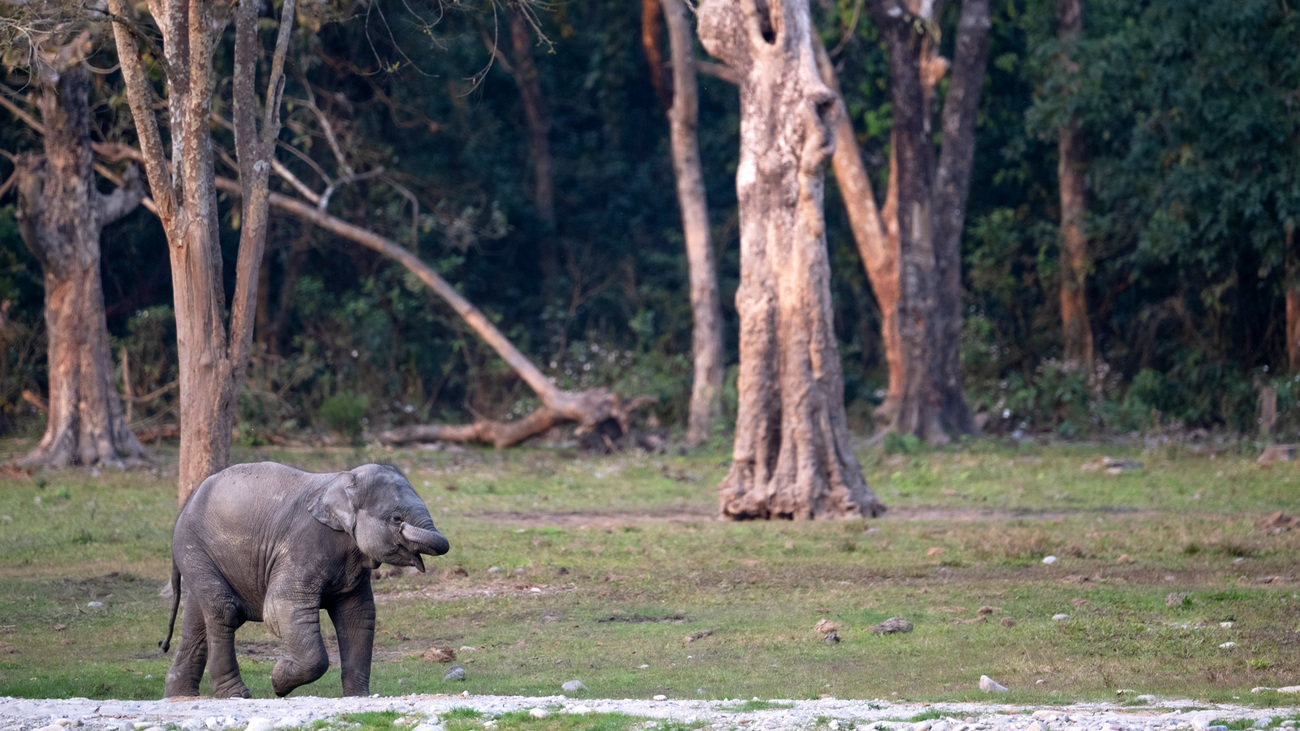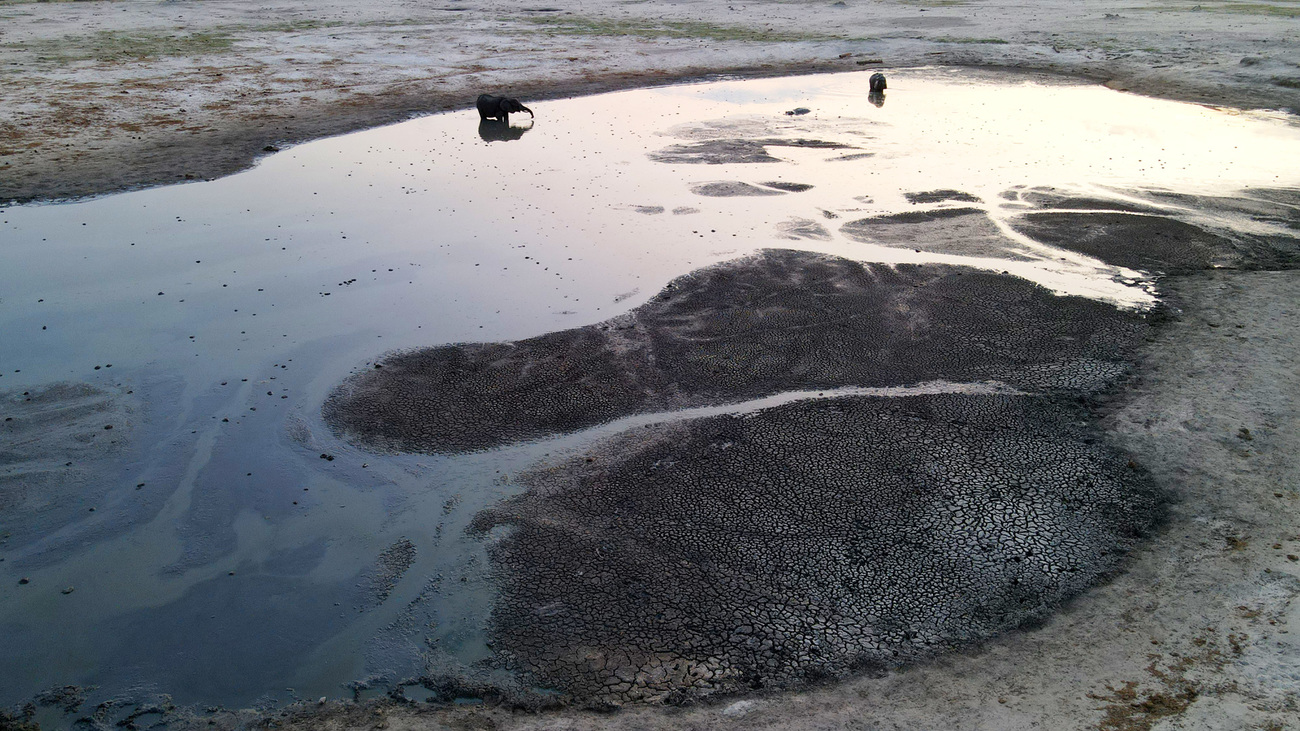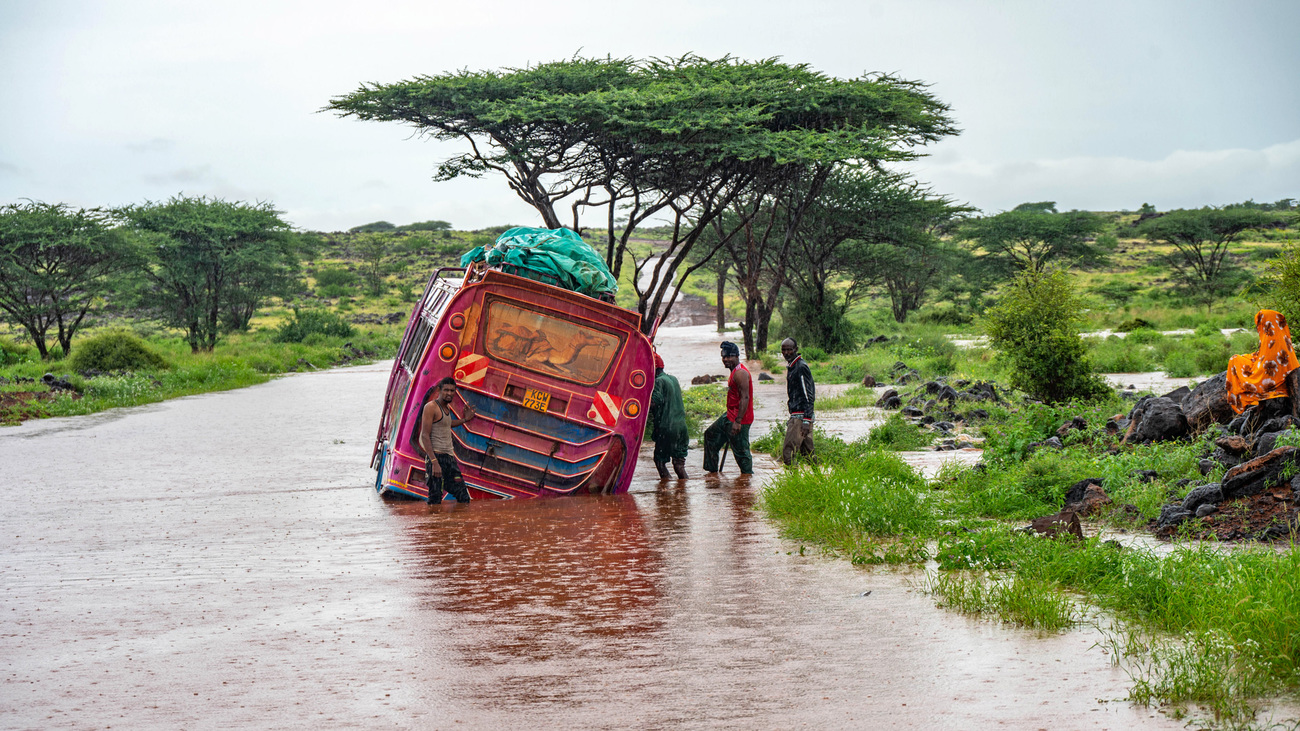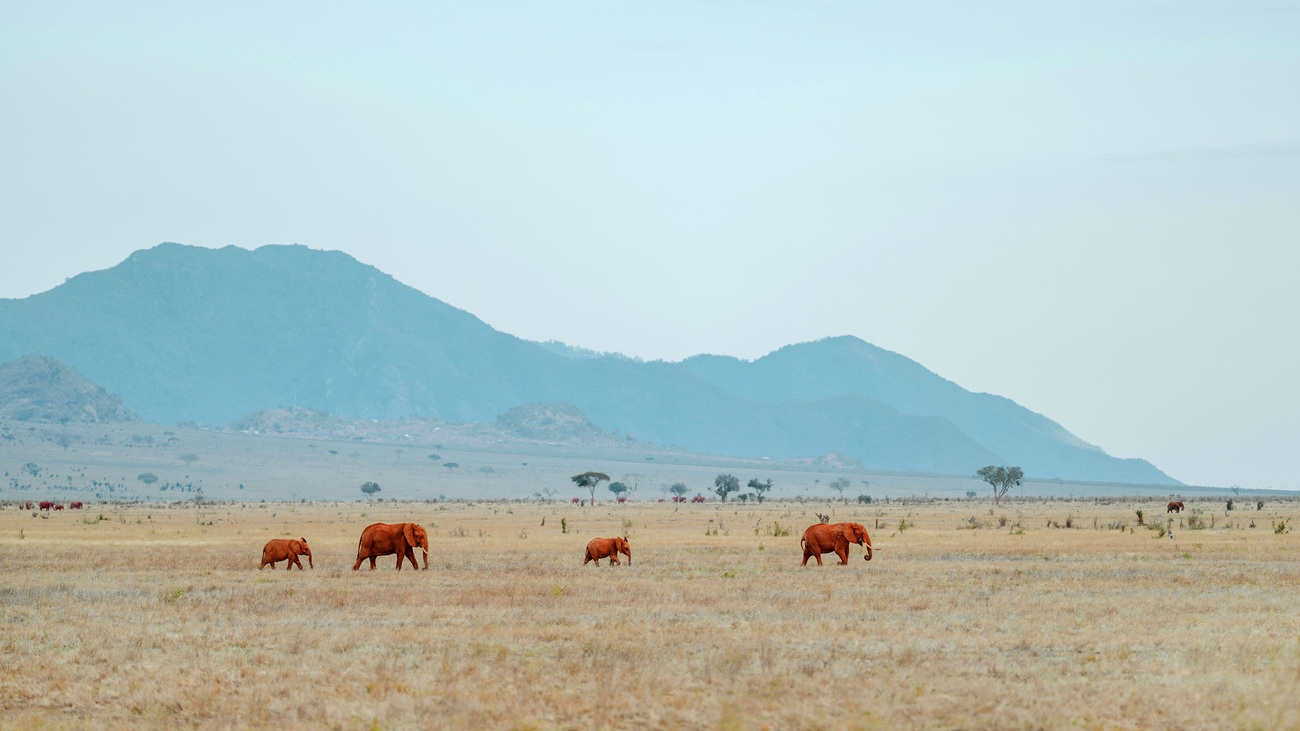Blog
Rebuilding hope in Kasungu after fire destroys ranger base
Read moreThe impact of climate change on elephants
Climate change currently threatens the survival of up to one million wildlife species around the world. This includes some of the most recognisable animals on Earth, the ones we all know and love—like elephants. All three elephant species—the African savannah elephant, African forest elephant, and Asian elephant—are currently endangered or critically endangered, in part due to climate change.

While the most pressing threats elephants face are habitat loss and fragmentation caused by human activity, changing weather and temperature patterns also disrupt elephant populations.
According to Kenya’s Wildlife and Tourism Board, climate change is now a bigger threat to elephants than poaching. Climate change will only continue to exacerbate droughts, wildfires, flooding, and extreme temperatures, and it isn’t slowing down.
We’re lucky to have elephants on our planet, as when they’re thriving, they are some of our biggest allies in keeping carbon out of the atmosphere, maintaining the health of their ecosystems, and supporting biodiversity. Without elephants around, our fight against climate change would prove even tougher.
This is why IFAW is working hard to protect elephant habitats, combat poaching, and mitigate human-elephant conflict. With partners around the world, we’re also rescuing and rehabilitating orphaned elephants who would otherwise struggle to survive in the wild on their own. With climate change threatening elephants, our work is more vital than ever.
Here are some of the ways climate change directly and indirectly affects elephants in Africa and Asia.

An adult elephant drinks at least 100 litres of water per day. Elephants can’t sweat, so they rely more heavily than other mammals on water to keep cool in the heat. However, climate change is causing severe water scarcity and drought, impacting elephants, particularly in Africa’s savannah regions.
In 2024, southern Africa experienced its worst drought in years, affecting 68 million people and causing food shortages.
Uncertain weather patterns also affect East Africa, which experienced its worst period of drought in the past four decades between 2021 and 2022. Many animals died, including 127 elephants. Year after year, the country is seeing below-average rainfall.
In early 2025, Kenya suffered from extremely dry conditions, which helped fuel wildfires. These wildfires engulfed the Mount Kenya ecosystem, which is home to iconic species, including buffaloes, rhinos, and elephants.
Not only can dehydration be deadly for elephants, but it can also impact their ability to reproduce. Mothers may miscarry or fail to produce enough milk if they are not adequately hydrated. In a world where every individual elephant birth matters, this is a serious issue.

While climate change increases drought in some areas, it brings increased severe rainfall in others. This leads to flooding, which negatively impacts many species’ habitats.
Every July, floods brought by the monsoon season in India cause young animals to become separated from their parents, including elephants. IFAW has been involved for years in the rescue and rehabilitation of orphaned elephants.
While rescuers are able to reunite some elephants in Kaziranga National Park with their families, others are brought to the IFAW–Wildlife Trust of India Centre for Wildlife Rehabilitation and Conservation to be cared for and eventually released back to the wild.
Overall, our planet’s atmospheric temperature has risen by more than 1.15 °C above pre-industrial levels. It is projected to rise by 3.1 °C by 2100. A change of this magnitude promises disaster for just about every animal species on Earth.
Global warming can’t exceed 1.5 °C if we want to avoid the worst impacts of climate change—yet 2024 was the world’s warmest yet, with the temperatures rising 1.55 °C above pre-industrial levels.
Elephants are highly sensitive to changes in temperature. One study found that Asian elephants’ ideal temperature is less than 24 °C. However, these elephants experienced temperatures above 24 °C for most of the year. Heat stress is a leading cause of death among Asian elephants.
Research shows that the survival of older elephants will be particularly affected by warming temperatures. This may drastically reduce the survival chances of the entire species as elephant herds rely on the wisdom and long memories of older matriarchs to find food and water.
A study of African savannah elephants found that they alter their behaviours when they experience higher temperatures. They spend more time seeking out shade and bathing themselves in water to cool down. Their feeding, walking, and resting behaviours also changed.
While the study found that elephants are savvy animals capable of finding ways to cool off, their ability to do so depends on the available resources and, crucially, their ability to move freely throughout their range so they can respond to seasonal changes in water, shade, and food.
IFAW’s Room to Roam initiative connects and secures elephant habitats across East and southern Africa so elephants can move freely across landscapes. This helps elephant populations become more resilient to changes in the climate and their environment.
Ultimately, giving elephants the space they need will buffer this species against the threat of climate change and help them thrive in the future.
Climate change is impacting the lives and livelihoods of people, too. In Malawi, many communities are subsistence farmers living close to elephants, putting both at risk of human-elephant conflict that can sometimes turn deadly. Poverty and inequality are intrinsically linked to climate change as they continue to threaten natural resources and ecosystem services. Climate change disproportionately affects families and communities living in poverty despite these communities contributing the least to greenhouse gas emissions.
Unfortunately, some individuals turn to poaching as a means of acquiring income when their livelihoods are threatened by a lack of natural resources. Elephants are killed to take their tusks for ivory. The ivory trade, while prohibited by CITES, still takes place in numerous countries. Ivory is trafficked around the world to places like Europe and the US.
Human-wildlife conflict also becomes an issue for elephants when they experience shortages of food, water, and other resources in the wild. Elephants travel vast distances to find resources like food and water as they experience increased competition for food, water, and space. This can result in crop raiding, property destruction, and a triggering of an elephant’s defensive behaviours—which can cause injury or death for people and elephants.
Climate change-induced food and water shortages impact people, too, and when people feel like they are competing with wildlife for these resources, they may persecute wild animals in response.

As ecosystem engineers, elephants are crucial allies in our fight to mitigate the climate crisis. Since they consume so much plant matter—and travel long distances—they disperse seeds across their habitats through their dung, encouraging new plant growth. These plants are not just important to elephants but also support many smaller animals. Their dung also provides the perfect fertiliser for the soil where these plants grow.
In addition, elephants’ roaming tendencies break branches and bushes, which clears space for new plant growth—allowing smaller plants to access the sunlight—and lowers food sources to the ground for smaller animals who might not reach them otherwise.
As elephants roam, they trample the soil beneath their feet and ‘mine’ minerals, bringing them to the surface. They also dig watering holes, which benefit other, smaller animals.
Their tree-clearing abilities allow some trees to grow very tall and large, which plays a major role in carbon sequestration. Overall, African forest elephants are estimated to help keep 9,000 tonnes of carbon from the atmosphere. Elephants themselves sequester carbon in their bodies, and when an elephant dies, it holds carbon in the ground, keeping it out of the atmosphere.
Climate change is impacting elephants in a wide variety of ways. But if we work to protect their populations, elephants could help us fight back against climate change and environmental degradation. This is just one of the reasons why wildlife conservation is so important as a climate solution.
Animals are climate heroes. Nature can account for over one-third of the carbon capture needed to mitigate the worst effects of climate change. To reach that goal, IFAW is encouraging stakeholders around the world to recognise the role that animals play in supporting ecosystems and absorbing carbon.
We’re also working to protect elephants and other animal species. We’re helping give necessary space to 330,000 elephants in Africa by connecting and securing their habitats. We’ve created cross-border ranger forces with the resources and legal backing they need to stop poachers. We’re also partnering with local communities, developing new streams of income and empowering them to protect nature. This is helping reduce poaching, human-wildlife conflict, and competition for natural resources.
With the help of local communities, governments, and stakeholders worldwide, we can harness the power of nature to combat climate change—and save elephants.
Our work can’t get done without you. Please give what you can to help animals thrive.
Unfortunately, the browser you use is outdated and does not allow you to display the site correctly. Please install any of the modern browsers, for example:
Google Chrome Firefox Safari